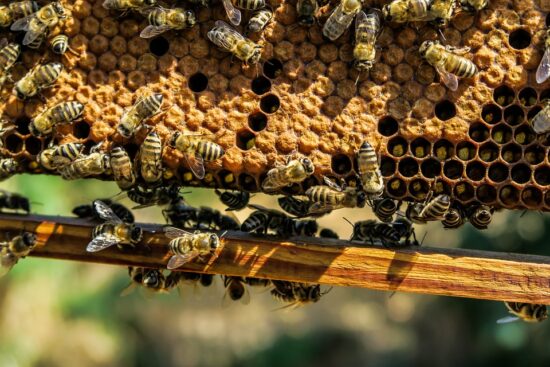Beehive products as bioindicators of antimicrobial resistance contamination in the environment
The use of antimicrobials in agricultural, veterinary and medical practice exerts selective pressure on environmental microbiota, promoting the emergence and spread of antimicrobial resistance (AMR), a global concern for the One Health Initiative Task Force (OHITF). Honeybees have been studied as bioindicators of AMR in the environment, but little is known about beehive products like honey and pollen. The aim of this study was to assess the prevalence of AMR genes (ARGs) in beehive products and investigated their origins. Specifically, possible associations between ARGs, microbiota and other characteristics of different honey and pollen samples, including country of origin, flower type, type of commercial distribution and environmental factors, such as land use, weather and composition of the environment surrounding the beehives were investigated. We found that beehive products harboured ARGs conferring resistance to β-lactams, macrolides, (fluoro)quinolones and polymyxins.
AMR NEWS
Every two weeks in your inbox
Because there should be one newsletter that brings together all One Health news related to antimicrobial resistance: AMR NEWS!





